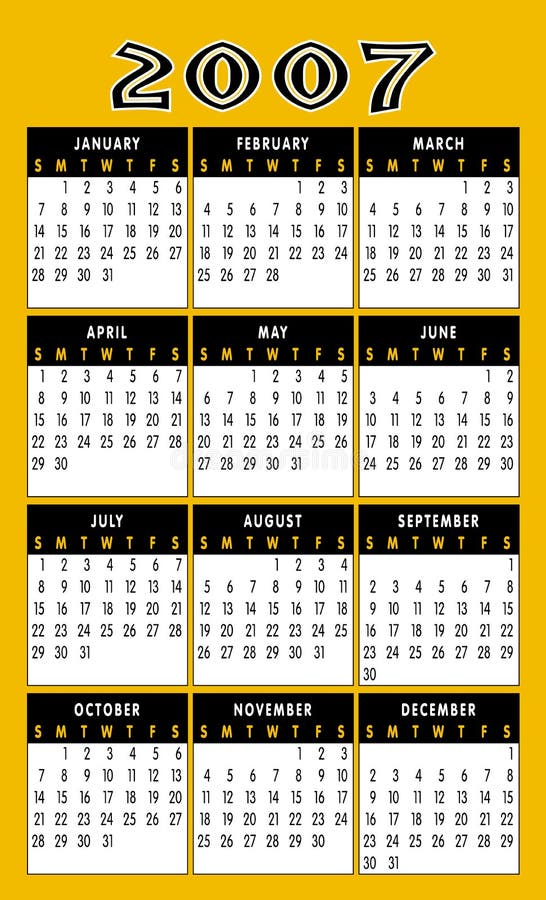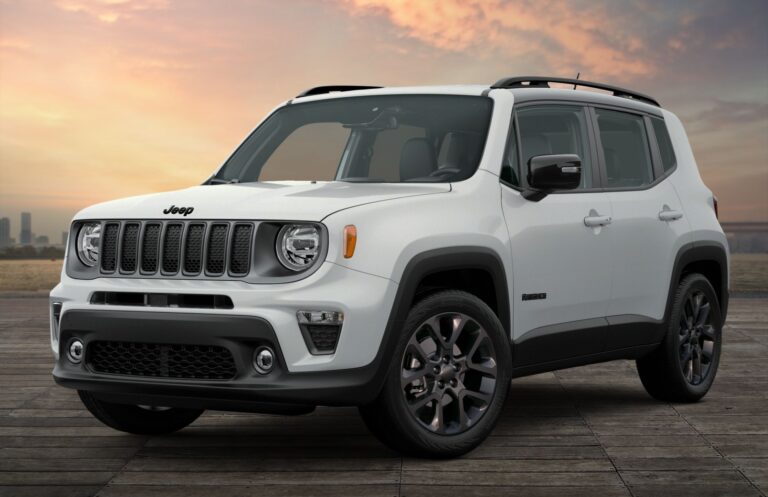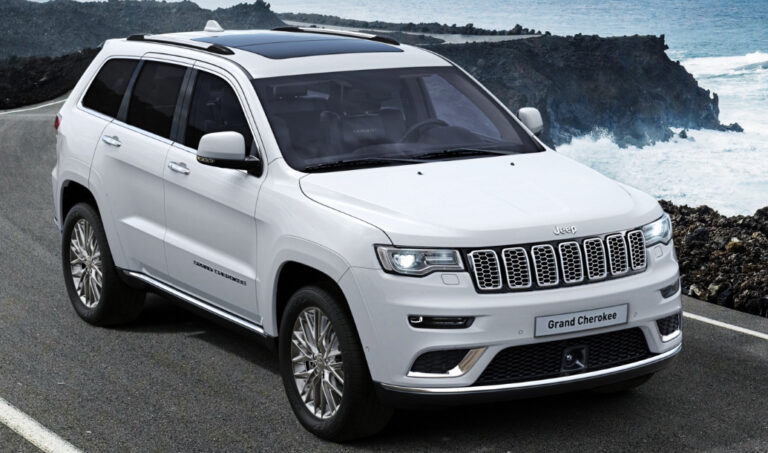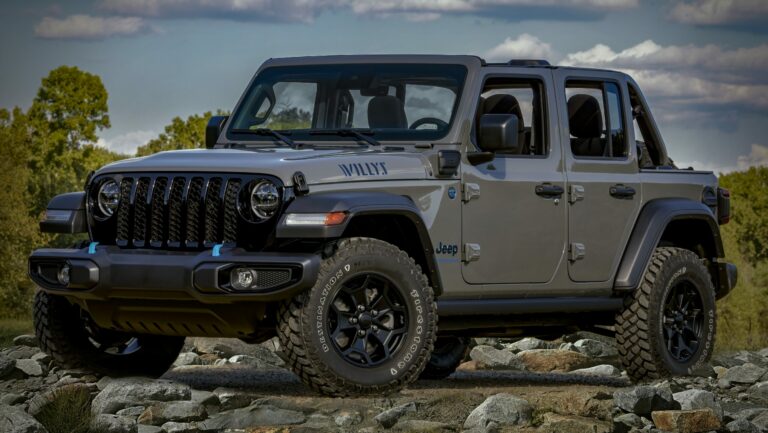How Much Oil For 2013 Jeep Wrangler: A Comprehensive Guide
How Much Oil For 2013 Jeep Wrangler: A Comprehensive Guide jeeps.truckstrend.com
The 2013 Jeep Wrangler, a beloved icon of off-road prowess and rugged capability, relies heavily on proper maintenance to keep its adventurous spirit alive. At the heart of this maintenance lies the engine oil – the lifeblood that lubricates, cools, and cleans vital engine components. Understanding "How Much Oil For 2013 Jeep Wrangler" is not just about pouring the right amount; it’s about ensuring the correct type, maintaining optimal levels, and adhering to timely change intervals to guarantee your Wrangler continues to conquer trails and daily commutes for years to come. This comprehensive guide will delve into every aspect of engine oil for your 2013 Jeep Wrangler, providing practical advice and essential insights.
Understanding Your 2013 Jeep Wrangler Engine Options
How Much Oil For 2013 Jeep Wrangler: A Comprehensive Guide
The 2013 Jeep Wrangler was primarily equipped with one robust and reliable engine: the 3.6-liter Pentastar V6. This engine, a staple across many Chrysler/Jeep/Dodge vehicles of that era, is known for its excellent balance of power, efficiency, and durability. Its design dictates the specific oil capacity and type required, making it crucial to identify this engine as the focus of our discussion. There were no other engine options for the 2013 model year Wrangler in the North American market, simplifying the oil specification process.
Oil Capacity for the 3.6L Pentastar V6
For the 2013 Jeep Wrangler fitted with the 3.6L Pentastar V6 engine, the recommended oil capacity is 6.0 quarts (5.7 liters). This measurement includes the oil filter. It’s vital to note that when performing an oil change, you should always replace the oil filter. Adding the full 6 quarts and then checking the dipstick after running the engine for a few minutes (and letting it settle) is the best practice to ensure the level is correct. Never rely solely on the specified capacity; always verify with the dipstick.
Recommended Oil Type and Viscosity
Choosing the correct oil type and viscosity is just as important as the quantity. Using the wrong oil can lead to premature engine wear, reduced performance, and even costly damage.
For the 2013 Jeep Wrangler with the 3.6L Pentastar V6 engine, the manufacturer recommends:
- Oil Type: Full Synthetic or Synthetic Blend
- Viscosity: SAE 5W-20

It is critical that the oil also meets Chrysler’s material specification MS-6395. Look for this specification on the oil bottle. Brands like Pennzoil, Quaker State, Valvoline, Mobil 1, and Castrol typically offer oils that meet this standard. Using an oil that meets this specification ensures it has the necessary additives and properties to protect your engine effectively.
Why 5W-20?
The "W" in 5W-20 stands for "winter," indicating its viscosity at colder temperatures. The first number (5) signifies its cold-start viscosity, meaning it flows well at low temperatures, ensuring quick lubrication upon startup. The second number (20) indicates its viscosity at operating temperature. This specific viscosity provides optimal lubrication and fuel efficiency for the Pentastar engine under normal operating conditions.

The Importance of Regular Oil Changes
Regular oil changes are non-negotiable for the longevity and optimal performance of your 2013 Jeep Wrangler. Here’s why:
- Lubrication: Oil reduces friction between moving parts, preventing wear and tear. Over time, oil breaks down and loses its lubricating properties.
- Cooling: Engine oil helps dissipate heat generated by friction and combustion, preventing overheating.
- Cleaning: Oil carries away dirt, sludge, and metallic particles, preventing them from accumulating and causing damage. The oil filter traps these contaminants.
- Sealing: Oil helps create a seal between the piston rings and cylinder walls, maintaining compression and power.
- Corrosion Protection: Additives in the oil protect engine components from rust and corrosion.

Oil Change Intervals:
For the 2013 Jeep Wrangler, the general recommendation for oil changes is every 7,500 to 10,000 miles (12,000 to 16,000 km) or every 6 to 12 months, whichever comes first. However, this interval can vary based on driving conditions:
- Normal Driving: If you primarily drive on highways, experience moderate temperatures, and avoid excessive idling, the longer end of the spectrum (closer to 10,000 miles) might be acceptable.
- Severe Driving Conditions: If you frequently drive in dusty conditions, extreme temperatures (very hot or very cold), engage in stop-and-go city driving, tow heavy loads, or do extensive off-roading, you should consider changing your oil closer to the 7,500-mile mark or even more frequently. Your owner’s manual will provide a detailed severe service schedule.
Always remember to check your oil level regularly, ideally every 1,000 miles or before a long trip, and top off if necessary.
Step-by-Step Guide to Changing Oil (Brief Overview)
While a professional service is always an option, changing your own oil can be a rewarding and cost-saving DIY project.
Tools and Materials Needed:
- 6 quarts of SAE 5W-20 oil meeting MS-6395 specification
- New oil filter (Mopar recommended, or high-quality aftermarket)
- Oil filter wrench (cap style, specific for the Pentastar filter housing)
- Drain pan (at least 7-quart capacity)
- Socket wrench and appropriate socket for the drain plug (usually 13mm)
- Funnel
- Rags or shop towels
- Gloves
- Jack and jack stands (or ramps) for safety
Basic Steps:
- Warm Up Engine: Drive the Jeep for a few minutes to warm the oil, making it flow more easily.
- Lift and Secure: Safely lift the front of the Jeep using a jack and secure it with jack stands, or drive it onto ramps.
- Locate Drain Plug: Find the oil pan drain plug at the bottom of the engine. Place the drain pan underneath.
- Drain Oil: Loosen and remove the drain plug, allowing the old oil to drain completely.
- Replace Oil Filter: Locate the oil filter housing (usually on top of the engine, near the front). Use the oil filter wrench to remove the cap. Remove the old filter element and O-rings. Install the new filter element and new O-rings (lubricate O-rings with fresh oil). Torque the cap to specification.
- Replace Drain Plug: Once the oil has drained, clean the drain plug and the area around the oil pan. Reinstall the drain plug, tightening it to the specified torque (do not overtighten).
- Refill Oil: Using a funnel, slowly add 6 quarts of the new 5W-20 oil through the engine’s oil fill cap.
- Check Level: Start the engine and let it run for a minute to circulate the oil. Shut it off and wait a few minutes for the oil to settle. Check the dipstick to ensure the oil level is within the safe range. Add more oil if needed, but in small increments.
- Dispose of Old Oil: Properly dispose of the used oil at a recycling center or auto parts store. Never pour it down the drain.
Common Mistakes and Troubleshooting
- Overfilling: Adding too much oil can cause aeration, leading to reduced lubrication, increased engine pressure, and potential seal damage. If you overfill significantly, it’s best to drain some out.
- Underfilling: Not enough oil leads to insufficient lubrication, increased friction, and potential engine damage. Always check the dipstick and top off if low.
- Using the Wrong Oil Type/Viscosity: This can lead to improper lubrication, breakdown, and engine wear. Always use 5W-20 meeting MS-6395.
- Ignoring the Oil Change Light: Modern Wranglers have an oil change indicator. Do not ignore it. While it’s a reminder, it’s still best to adhere to the mileage/time intervals.
- Incorrect Filter Installation: A poorly installed or incorrect oil filter can lead to leaks or inadequate filtration. Ensure the new O-rings are properly seated and the cap is torqued correctly.
Practical Advice and Actionable Insights
- Consult Your Owner’s Manual: Always refer to your 2013 Jeep Wrangler owner’s manual for the most accurate and up-to-date information on oil capacity, type, and maintenance schedules.
- Consider Your Driving Habits: If you push your Wrangler hard – through intense off-roading, heavy towing, or extreme temperatures – consider more frequent oil changes.
- Don’t Skimp on Quality: While tempting to save a few dollars, using cheap, non-spec oil or low-quality filters can cost you much more in the long run through engine wear and repairs. Invest in reputable brands that meet the MS-6395 specification.
- Keep Records: Maintain a log of your oil changes, including the date, mileage, and type of oil used. This helps track maintenance and can be valuable for resale.
Cost Estimation Table for 2013 Jeep Wrangler Oil Change
The cost of an oil change for your 2013 Jeep Wrangler can vary depending on whether you do it yourself or have it professionally done, and the brands of oil and filter chosen.
| Item | Description | Estimated DIY Cost Range (USD) | Estimated Professional Service Cost Range (USD) |
|---|---|---|---|
| Engine Oil | 6 Quarts SAE 5W-20 Full Synthetic (MS-6395) | $30 – $50 | Included in service |
| Oil Filter | High-Quality Cartridge Filter (e.g., Mopar) | $10 – $20 | Included in service |
| Shop Supplies | Rags, Drain Pan, Funnel (one-time purchase) | $20 – $40 (initial) | Included in service |
| Labor | (Your Time) | $0 | $30 – $70 (for oil change service) |
| Total DIY Cost | (Oil + Filter + Initial Tools) | $40 – $70 | N/A |
| Total Service Cost | (Oil + Filter + Labor + Disposal) | N/A | $60 – $120 (depending on location & shop) |
Note: Prices are estimates and can fluctuate based on brand, retailer, location, and promotions.
Frequently Asked Questions (FAQ)
Q1: Can I use conventional oil in my 2013 Jeep Wrangler?
A1: While some older engines might tolerate it, the 3.6L Pentastar V6 in the 2013 Wrangler is designed for and recommends SAE 5W-20 synthetic or synthetic blend oil meeting MS-6395. Using conventional oil is not recommended and could lead to reduced performance and engine longevity.
Q2: What happens if I put too much oil in my Jeep Wrangler?
A2: Overfilling can cause the crankshaft to churn the oil, leading to aeration (foaming) which reduces the oil’s lubricating properties. It can also increase pressure in the crankcase, potentially damaging seals and gaskets, leading to leaks. If you’ve significantly overfilled, it’s best to drain some oil out until the level is correct.
Q3: What brand of oil is best for my 2013 Jeep Wrangler?
A3: The brand is less important than ensuring the oil meets the correct specifications. Look for any reputable brand (e.g., Pennzoil, Mobil 1, Valvoline, Castrol, Quaker State) that clearly states "SAE 5W-20" and "Meets Chrysler MS-6395" on the bottle.
Q4: How often should I check my oil level?
A4: It’s a good practice to check your oil level at least once a month, or every 1,000 miles, and always before a long trip. This helps you identify if your engine is consuming oil or if there’s a leak before it becomes a major problem.
Q5: Do I need a special oil filter for the Pentastar engine?
A5: Yes, the 3.6L Pentastar V6 uses a cartridge-style oil filter, not the traditional spin-on canister type. You’ll need a specific oil filter designed for this engine, often found within a housing on top of the engine. Mopar filters are excellent, but high-quality aftermarket filters from brands like Wix, Mann, or Bosch are also suitable.
Concluding Summary
Ensuring your 2013 Jeep Wrangler has the correct amount and type of engine oil is paramount for its long-term health and performance. The 3.6L Pentastar V6 engine requires precisely 6.0 quarts of SAE 5W-20 full synthetic or synthetic blend oil that meets the Chrysler MS-6395 specification. Adhering to regular oil change intervals, typically every 7,500 to 10,000 miles or 6-12 months, and always replacing the oil filter, will safeguard your engine from premature wear and keep your Wrangler ready for any adventure. By following these guidelines, you’re not just performing routine maintenance; you’re investing in the enduring spirit and reliability of your iconic Jeep.






